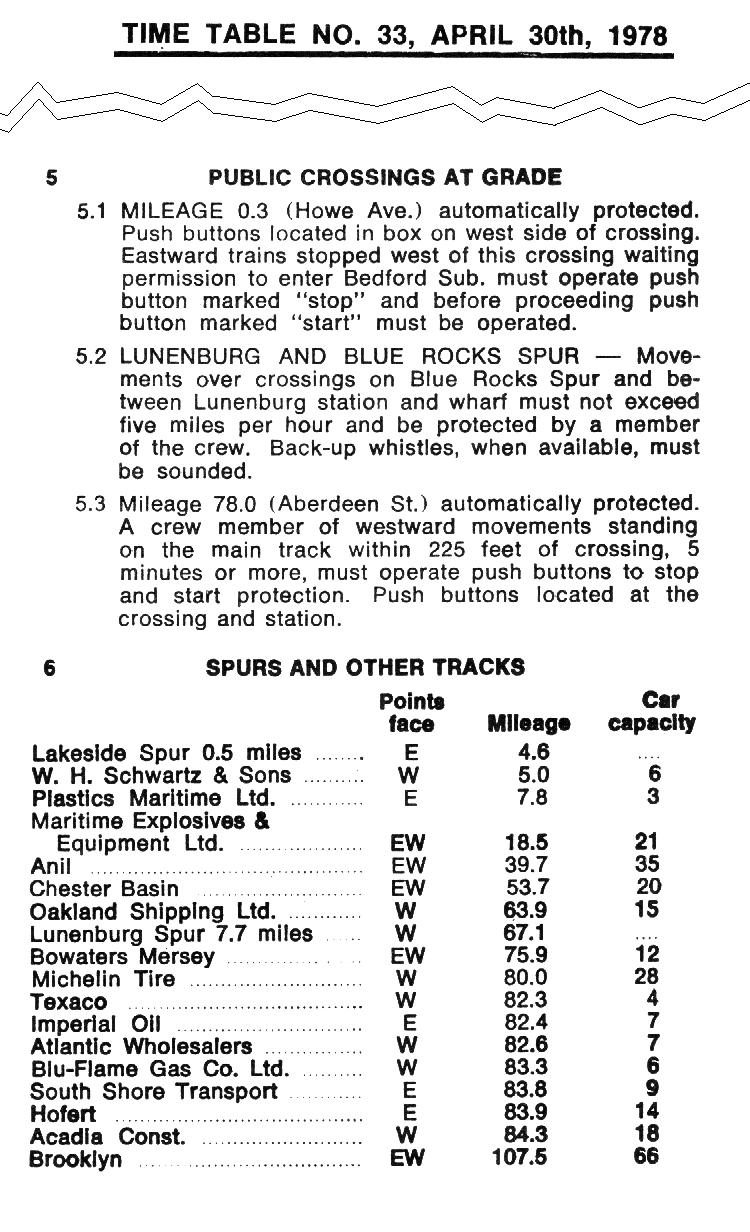
The above was scanned from page 22 "Chester Subdivision Footnotes"
of the original CNR Atlantic Region Employees' Time Table 33
taking effect 12:01am AST April 30th, 1978.
The Oakland Shipping spur track has a capacity of 15 cars.
Chapter 62
2000 July 1-18
Index with links to the other chapters
|
— John Sackton
[News and commentary written or edited by John Sackton at www.seafood.com, the web site for
commercial seafood buyers, sellers and consumers.]
|
That's an interesting name, "Dynamite Trail Association." Most of the trail associations being formed nowadays in Nova Scotia have names derived from local geography, such as
Argyle - Pubnico Trail Blazers Association Aspotogan Trails Association Atlantic View Trail Association Brooklyn Community Trail Association Cape Breton County Trails Association Guysborough County Trails Association Musquodoboit Trailways Association St. Margaret's Bay Rails-to-Trails Association and so on. "Dynamite Trail Association" stands out, as a name more often associated with chemistry than with geography. There is little doubt this name was chosen because of a singular feature — the Dynamite Siding — of the railway that used to operate along this right-of-way. It was generally known as the Dynamite Siding but the official name, in CN timetables and other documents, was Mileage 63.9 Oakland Shipping Spur, (Apr. 1978), or Mileage 63.9 Oakland Shipping Track, J-53 (Jan. 1980), or Mileage 63.9 Himmelman Supply Track, BJ-53 (Nov. 1981). The Mahone Bay Station was located at mileage 66.7, thus the Dynamite Siding was located 2.8 miles 4.5km east of the Mahone Bay Station, as measured along the centerline of the track. Oakland Shipping Limited and/or Himmelman Supply Company Limited were consignees of frequent carload shipments of dynamite from CIL in central Canada, and perhaps from other suppliers. In the 1970s these shipments sometimes (often?) came in two or three carloads at one time. This siding was specially built in a fairly remote location for the purpose of unloading dynamite and related supplies, such as fuses, primacord, etc., from the railway's boxcars onto trucks. This unloading operation was considered to be undesirable for the regular freight sidings, which usually were located in populated areas. "Mileage 63.9" indicates the location of this siding. The railway specified the locations of railway installations, such as stations, sidings, bridges, crossings, etc., by stating the "mileage", which had the important advantage of placing the installation accurately and unambiguously. Mileage was always measured along the centerline of the track, beginning from a clearly-defined starting point. For the Chester Subdivision, after 1919, the starting point for all mileage references was the Southwestern Junction Switch, which connected the Halifax-Yarmouth main line of the H&SWR to the Halifax-Montreal main line of the ICR (later the CNR). In October 2000, the Southwestern Junction Switch still exists in the original location, performing the same function — connecting the remnant of the Halifax-Yarmouth main line of the H&SWR to CN's Halifax-Montreal main line. About ten trains a week use this switch to move onto the Chester Subdivision — all that remains of the Halifax-Yarmouth main line track. The switch is about 300m east of the railway crossing on Howe Avenue, Halifax. The Chester Subdivision included the main line track between Southwestern Junction Switch, in Fairview, Halifax County, and the Liverpool Station in Queens County. The Chester Sub also included all sidings and spurs connected to this main line track, including the spur from Mahone Bay to Lunenburg. Details of the H&SWR between Martins River and Mahone Bay: Mileage 59.74 Martins Point Road crossing XF Mileage 60.10 Highway 3 crossing XF Mileage 60.7e Martins River Bridge Mileage 61.09 Highway 3 crossing XF Mileage 61.4 Martins River Station (12-car siding) Mileage 61.60 Station Road crossing XF Mileage 62.49 Indian Point Road crossing XF Mileage 63.9 Dynamite Siding Mileage 64.30 Sleepy Hollow Road crossing XF Mileage 65.5e Highway 3 overpass at Oakland Lake Mileage 65.9 Mushamush River Bridge Mileage 66.33 Clearland Road crossing XB Mileage 66.4 Mahone Bay Yard, East Limit Mileage 66.41 Clearway Street crossing XB Mileage 66.74 Mahone Bay Station order board Mileage 67.11 Main Line Switch, Mile 0.0 of Lunenburg Spur Mileage 67.37 Long Hill Road crossing XB Mileage 67.4 Mahone Bay Yard, West Limit "e" means estimated (by ICS) XF indicates a crossing equipped with electric signals (flashing lights) XB indicates a crossing protected by a crossbuck sign (no warning lights) during the last few years before abandonment in 1992. |

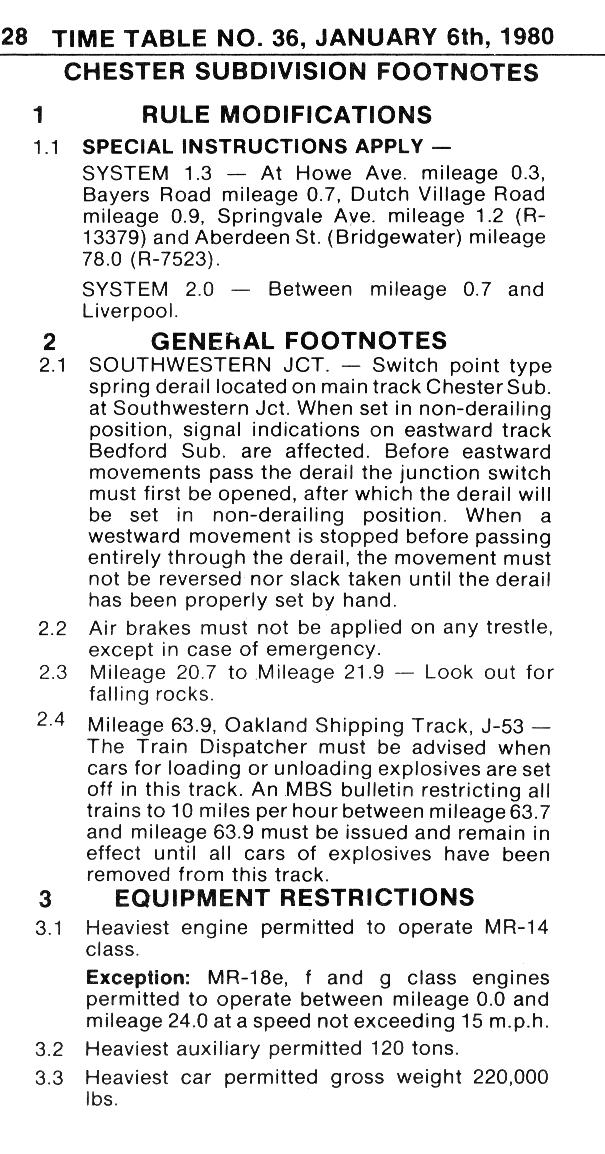
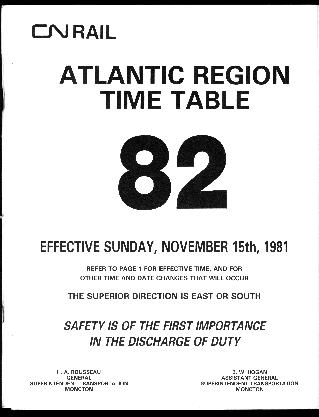

So — What is an "employees' timetable"?
Railway timetables come in two main types, public and employee. The distinction is significant for historians. The two types contain some duplicated information, but each has information not found in the other.
Public timetables are intended for use by the travelling public and include details about fares and when and where to catch trains, especially connecting services, which do not appear in employees timetables. Public timetables are/were printed in relatively large numbers and therefore have a relatively high survival rate after the passage of many years.
Employee timetables record in detail when and where trains are to run as well as specific instructions about train operations that are not covered in general rule books, such as the pecularities of local infrastructure (siding capacities, location of wyes, industrial spurs with dangerously restricted clearances, special crossing signal systems, etc.). These details can be of great interest to historians. By their nature, then, employee timetables contain significant and detailed information about daily railway operations, the layout of the physical plant, and the general working environment at the date of publication. Many include some variation of the instructions "For the use of employees only" and "Destroy all previous issues." Taken together, these two instructions have made employee timetables relatively rare. The first made them few in number to begin with, and the second has tended to ensure a low survival rate of those few. Fortunately, railway employees have not always obeyed all of the rules and instructions, and historians have benefitted thereby.
Source:
Pages 16-17, Branchline, October 2000 [a monthly newsletter published by the Bytown Railway Society, Ottawa, Ontario]
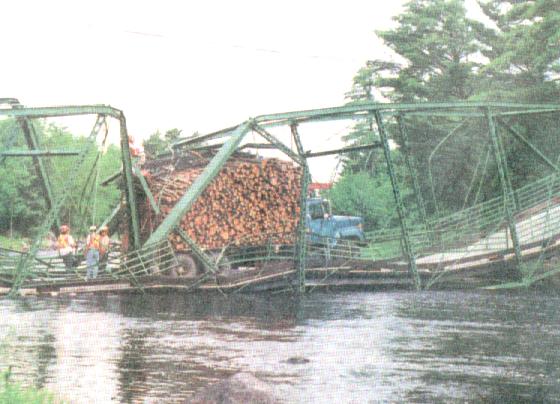
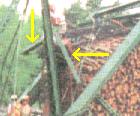
|
VHS — Video Home System, a popular pre-digital (analog) home video format CAP — Community Access Project (partially funded by the federal government) iMac — Personal computer made by Apple Computer Inc. CD — Compact Disc (blank write-once CDs with a capacity of 650 megabytes cost about $2 each in summer 2000) |
Index with links to the other chapters
![]()
W3C HTML Validation Service
http://validator.w3.org/
![]()
W3C CSS Validation Service
http://jigsaw.w3.org/css-validator/